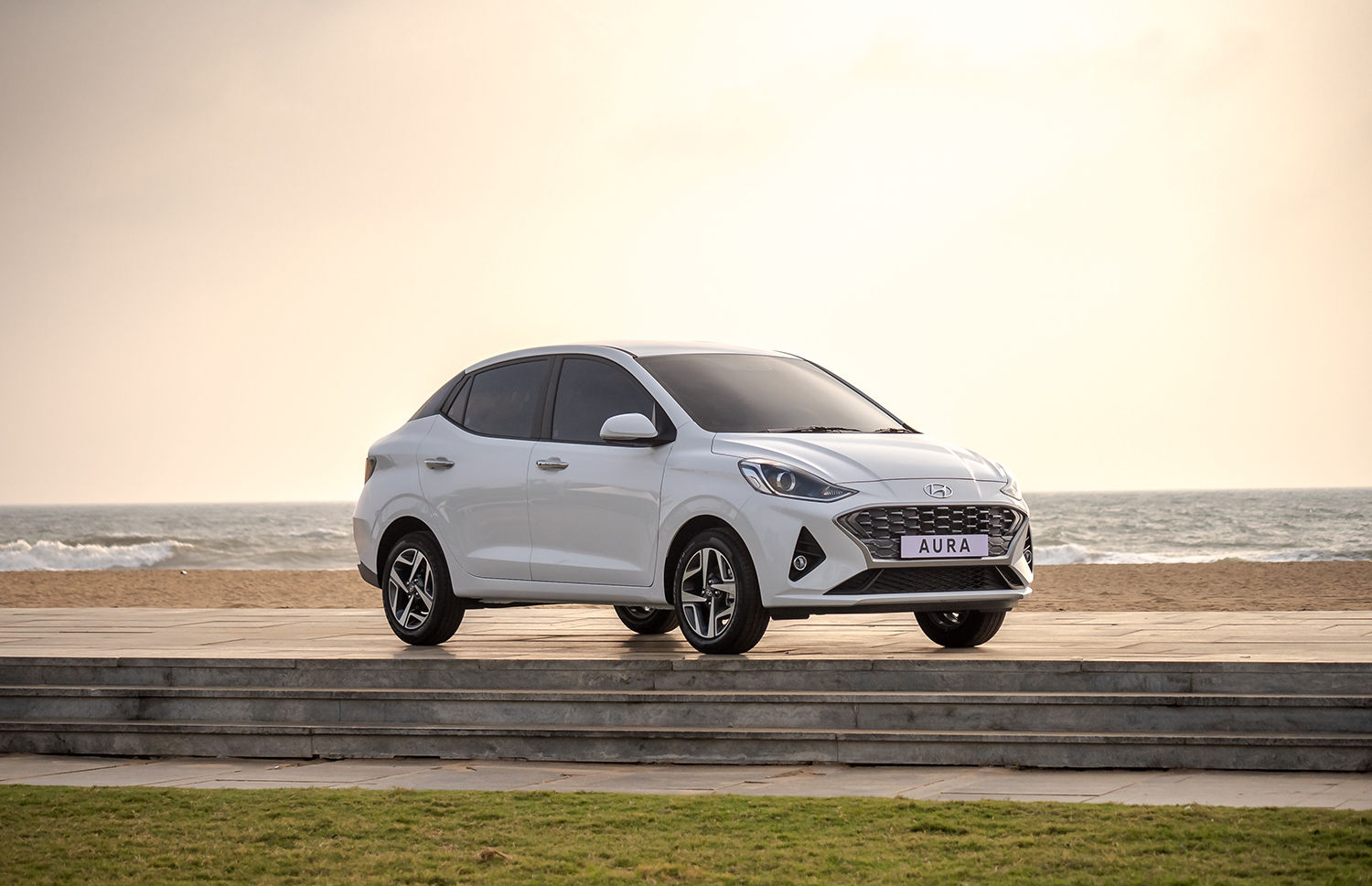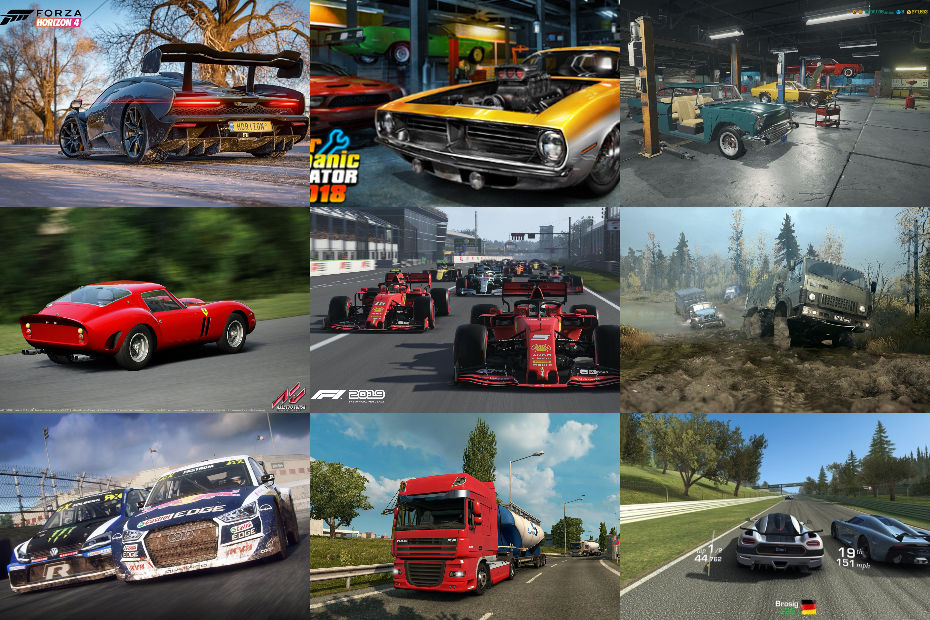Made-in-India cars market share on the rise in Africa
Published On Sep 10, 2013 12:41 PM By CarDekho
- Write a comment
The Indian motor industry is enjoying an amazing rate of growth in vehicle production and is now ranked sixth in the world in terms of output. It is also seen as the fastest growing exporter to Africa, which includes South Africa, where the number of imported models is growing rapidly. These vehicles come from both the major global companies’ manufacturing bases in India, as well as from the major Indian domestic brands, Mahindra and Tata, who are also on the move internationally.

In the 10 years since 2003 the number of vehicles shipped to African destinations from India has exploded, with a growth of over 1 000%, of which growth of 160% has been achieved since 2008 alone. During this period exports of passenger vehicles from India to Africa increased by a staggering 2 400%, as previously many of the vehicles coming to Africa from India were light commercials. The current situation was certainly not envisioned in India in the 1980’s when permission was first granted to a foreign company – at that stage only Suzuki in a joint venture with the Indian government to form Maruti Suzuki– to set up an assembly plant in 1982.
By the 1990’s, the Indian economy faced a tremendous foreign exchange shortage and this forced the Government to liberalise the economy. The subsequent Automotive Industry Policy then enabled all the major motor manufacturers to make huge investments in India. The growth has been particularly rapid since the beginning of the 21st century, going from 801 000 passenger and commercial vehicles produced in 2000 to 4.2-million units coming off the Indian production lines last year – growth of more than 500%.
However, two-wheelers still make up the majority of Indian automotive production, which is now running at an overall total of more than 20-million units a year, made up of two-wheelers, three-wheelers, light and heavy commercial vehicles and passenger vehicles. Total exports now exceed 2.9-million units, with passenger vehicle exports totalling 550 000 during the period April 2012 to March 2013.
During this period of massive growth in Indian automotive production there has been a virtual flood of foreign companies setting up bases in this rapidly growing country, not only to meet domestic demand, but also as an ideal export base. They have brought the latest equipment; technologies and production techniques which help ensure top quality and efficient production. “Most of the vehicle manufacturers have set up their plants in designated automotive development zones with component suppliers in India, which makes for increased efficiency,” commented the CEO of Mahindra SA, Ashok Thakur.
“All the makers are also benefitting from the fact that most plants are comparatively new and have the latest production equipment to ensure high quality levels, which is very beneficial to the image of the overall Indian motor industry. “This includes the Indian domestic motor companies such as Mahindra, which have built modern new plants on greenfield sites and also benefit from being able to employ the latest manufacturing equipment and have world class suppliers close at hand,” added Thakur.
The Indian domestic vehicle manufacturers, Mahindra and Tata, are also making waves internationally and the Indian motorcycle industry is also seeing big increases in production volumes and exports. Besides growing its local manufacturing and marketing capability Mahindra acquired Korean vehicle maker, SsangYong in 2011, and the company has just turned a profit thanks to growing sales. Mahindra is currently the only vehicle manufacturer that offers mobility solutions for land, water and in the air and is one of the most diversified federations in India.
Tata, another huge conglomerate is making a big success of its Jaguar Land Rover operations from both a design, manufacturing and global marketing perspective. India is now ranked sixth among countries manufacturing vehicles, behind China, the US, Japan, Germany and South Korea but ahead of Brazil, Mexico, Spain and France.
The ranks of vehicle manufacturers in India now consists not only of several domestic companies such as powerhouses Mahindra and Tata, but also most of the major motor companies in the world, including: GM, Ford, Toyota, Suzuki, Honda, Hyundai, Nissan-Renault, Daimler, BMW, Audi, Volkswagen, Skoda, Mitsubishi, and Fiat, all making passenger cars. In addition MAN, Mercedes-Benz, Scania and Volvo are already making trucks and buses in this country, with Japan’s market leader, Hino, set to join the fray, which already includes the giant Chinese company Foton. It is interesting to see the rapid growth in sales of Indian-sourced vehicles in South Africa as many of the big name brands begin to import product from subsidiaries in India. These include Toyota (Etios), Ford (Figo and EcoSport), Honda (Brio), Suzuki (Alto), Nissan (Micra and Almera), Volkswagen (Polo sedan/ Verito) and Hyundai (i10 and i20). The Renault Logan, Fiat Linea and Palio II had also been sourced from this Asian country until they were discontinued last year.
Then, of course, there are the major Indian companies Mahindra and Tata who source all their products from India. In the case of Mahindra this includes the Bolero, Genio, Scorpio SUV, Scorpio Pik-Up, Thar, XUV 5OO and Xylo, while Tata has an even larger portfolio, which consists of the B-line, Indica, Indica Vista, Indigo, Manza, Super Ace, Worker and Xenon.
These two companies, as well as the Maruti-Suzuki joint venture are also ranked among the top 10 most successful and influential companies in India. Sales of Indian-built vehicles in South Africa in the first six months of 2013 amounted to 31 013 units, which was an increase of 128% on the 24 146 units sold in the same period last year. By contrast, imports from India to SA in 2010 amounted to 15 518 units and then grew by 208% to 32 313 units in 2011 and then by a further 154% to 49 973 units in 2012.
The Toyota Etios (11 187 units) is far and away the biggest import from India in the first six months of 2013, with Ford bringing in 6 886 Figos so far this year and Nissan imported 2 721 Micras. Honda Brio imports of 1 858 units in the six-month period is sure to grow substantially following the recent launch of a sedan version. Volkswagen also receives its Polo sedans from the Volkswagen plant in Pune, while Ford has just introduced the Indian-built EcoSport SUV to SA. Suzuki also imports its Alto model from India, with volume in the first half of 2013 totalling 627 units.
Hyundai do not release details of their sales, but the figure for imports from India is certain to be substantial given the evident popularity of the i10 and i20 models on the roads of SA. Sales by the major Indian manufacturers in SA in the first half of 2013 totalled 5 176 units, split between Tata (3 299 units) and Mahindra (1 877 units). Several new models are being launched in India first reflecting the growing significance of the market. Most multinational motor manufacturers initially sell in India before beginning exports.
However, the situation is different for Mahindra which has concurrently launched a new model in South Africa and India. “This was the Mahindra XUV500 SUV, which was introduced locally just prior to the 2011 Johannesburg International Motor Show and at the same time was launched in the Indian domestic market,” explained Ashok Thakur. “This shows the confidence the Indian motor industry has in its ability to build world class vehicles, so that it is confident of launching in export markets at the same time as they are delivered to domestic buyers.”
Mahindra is confident about future growth and has confirmed plans to set up an entirely new automotive plant in India in the future. The company also has a world class Research and Development facility called the Mahindra Research Valley in south India, which is developing a new generation of products that are aimed at global markets. India certainly seems to be developing into an important export base while also having the benefit of strong demand in the domestic market driven by the country’s strong growth rate.















